Pekka Buttler, January 2024
This is a question I have answered so many times in various forums, that I thought to put together a short article on the subject.
Why did Nikon not continue with Ai?
That is a fair question, especially considering that Nikon had introduced Ai only in 1977 and was already in 1981 replacing Ai with Ai-s.
The simple reason was that before Ai-s, the Nikon F mount lacked one crucial feature that had been available in some of the competing mounts for a long time. For instance, the Konica AR mount had it since 1965, Canon FD had it since 1971. That something was to have calibrated the angular movement of the aperture stop-down lever in such a way that a camera body could direct a lens to stop down precisely to a specific aperture (say f/4.5) instead of just stopping down all the way. The fact that Nikkor lenses could (before Ai-s) not do this consistently (so that all lenses would find f/4.5 at the same angular motion of the aperture lever) effectively made it impossible for Nikon to manufacture a shutter-priority (or program auto) body.
The impetus for switching from Ai to Ai-s was therefore the redesigning of the aperture stop-down lever’s functionality in such a way as that the lever could facilitate that a camera could stop down the lens to any aperture value accurately
One should understand that to be able to implement such a sweeping change consistently, it necessitated that some part of the housing of every single lens needed to be redone. Nikon decided to grab the opportunity to implement some other changes as well.
What else was changed besides the aperture stop-down lever’s functionality?
More information.
Nikon was doing some future-proofing and added three further information-baring elements to the lens mount. See picture below (lens’ natural up at 12 o’clock.)
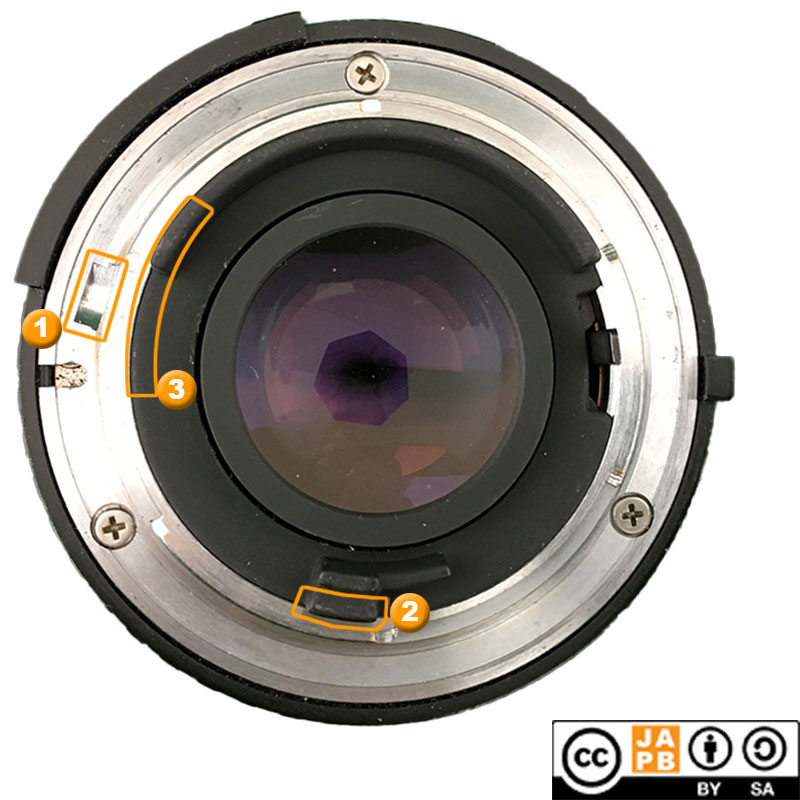
[1] This small milled notch would identify the lens as an Ai-s lens to those camera bodies that were able to make use of the Ai-s lenses features. At least the FA, F4, F-301 and F-501 knew to take advantage of this.
[2] This ridge was used to indicate the minimum aperture of the lens, which was a useful piece of data in shutter priority and program auto exposure modes. Various bodies used this also for other purposes (the FA and F4 in matrix metering; the EM and FG-20 for flash automation)
[3] This ridge would be used to indicate to the camera whether it was dealing with a long lens (defined as 135 mm or longer) or not – information the camera would use to determine whether to (in program auto) prefer quicker shutter speeds or not. If the lens was a long lens, this ridge would extend up beyond the mount locking notch (at 3 o’clock). This feature was only used in the Nikon FA and F-501.
It is likely that these advanced features would have garnered a wider set of cameras to make use of them, had not the Ai-s mount itself been surpassed only 5 years later by the Nikon F autofocus mount. While the Nikon F autofocus mount was fully Ai-s compatible and was more of an extension on the existing Ai-s mount, this nevertheless meant that camera bodies had easier (electronic&digital) ways of gathering the same data these mount additions had offered mechanically and in analogue.
New designs in, old designs out
While a clear majority of the lens designs were left (optics-wise) alone, Nikon did use the opportunity to discontinue some lenses and replace them with newer designs. This was done with:
Ai 18/4
The 18/4 was not upgraded to Ai-s. Instead a new Ai-s 18/3.5 was introduced and the 18/4 was subsequently discontinued.
Ai 28/2.8
The Ai 28/2.8 [data sheet] was not upgraded to Ai-s. Instead it was discontinued and a fundamentally new design (the Ai-s 28/2.8 [data sheet]) took its place, offering better corner sharpness, a shorter MFD and CRC.
Ai 180/2.8
Nikon discontinued its venerable Ai 180 mm f/2.8 and replaced it with the Ai-s 180/2.8 ED – a design that added ED glass, a more modern optical formula and two more aperture blades.
Ai 35-70/3.5
The Ai 35-70 mm f/3.5 [data sheet] – Nikon’s first pro-oriented standard zoom was replaced with the Ai-s 35-70 mm f/3.5 [data sheet]
Ai 80-200/4.5
The Ai 80-200/4.5 [data sheet] – another venerable Nikon design – was discontinued in favour of the new Ai-s 80-200/4.
Bokeh-boost
I know, I’m being silly. And actually, this likely has a bigger effect on sunstars than bokeh, but …
But the fact is that as part of this whole work-over of both internals and cosmetics (see below), Nikon decided to increase the number of blades in the aperture mechanisms of a few, mostly high-end lenses in tandem with the shift from Ai to Ai-s.
This applies to the following lenses:
• 35 mm f/1.4 (from 7 to 9)
• 50 mm f/1.2 (from 7 to 9)
• 58 mm f/1.2 Noct (from 7 to 9)
• 300 mm f/4.5 (from 6 to 7)
• 300 mm f/4.5 IF-ED (from 7 to 9)
Focus throw
Nikon decided to shorten the focus throw of a significant majority of all their lenses. This was not uniformly well-received because many felt that it made nailing focus harder.
The exceptions:
• There were some ultra wide-angle lenses that already had a very short focus throw (namely: 16/2.8 fisheye, 13/5.6, 18/4), where the focus throw was not changed.
• Likewise there were some tele lenses (200/4, 300/4.5 IF ED, 400/5.6, 400/3.5 IF ED) where the focus throw was not changed.
• Moreover, there were some lenses where the focus throw stayed the same, but the minimum focusing distance got shorter (such as the 28/2).
• With some lenses the focus throw in fact got lengthened: The 300/4.5’s focus throw grew a bit from 150 ° ti 180 °; the focus throw of the 35/2.8 had already been shortened to 100 ° in the “Ai new” version, which had not been well received. In the Ai-s version it was lengthened this to 120 °.
In practical terms, shortening the focus throw without changing the focusing range (MFD–infinity) meant implementing steeper helicoids (more lengthwise movement per rotation).
Cosmetic changes
As the new AI-s lenses often needed comprehensive changes to the lenses innards, Nikon grabbed the opportunity to somewhat harmonise and modernise the cosmetic appearance of their lenses. Mind you, with Nikon fundamentally being a very conservative company, most of these changes are really minor. Below some examples (from JAPB) of the same lens in Ai and Ai-s guise:
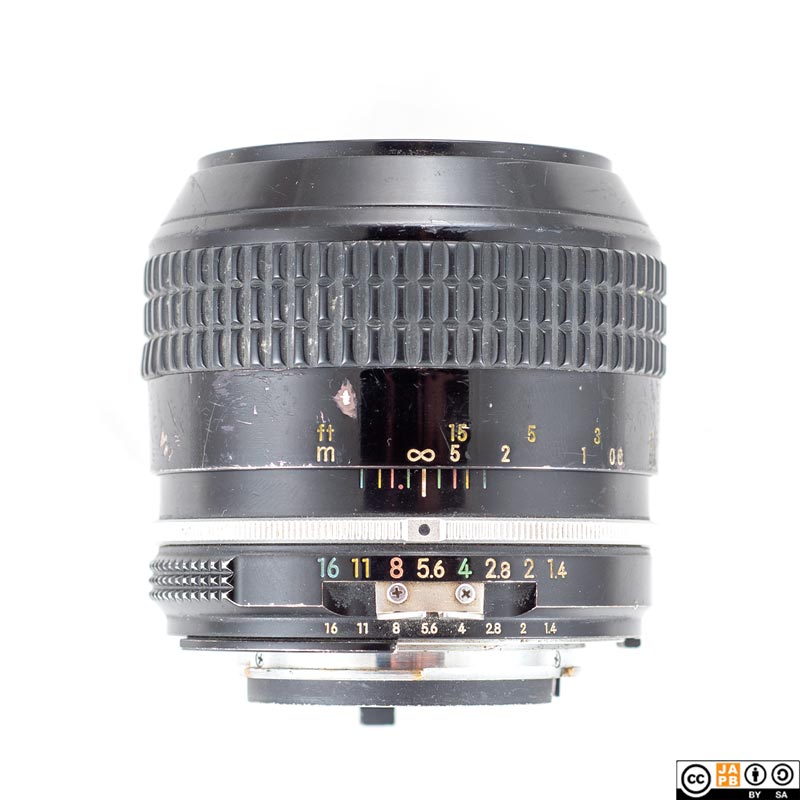
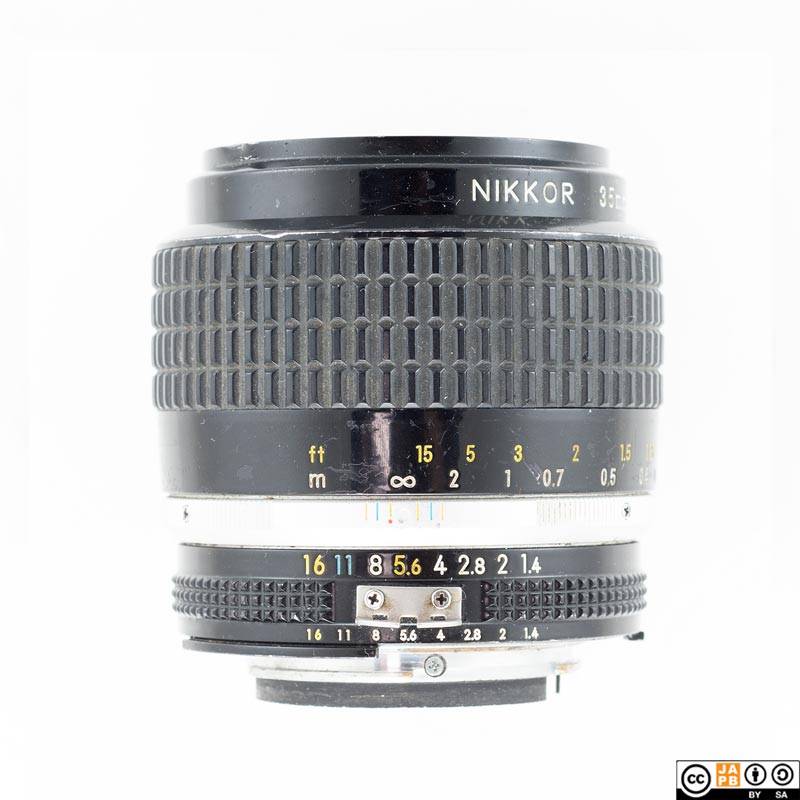
Right: Nikkor Ai-s 35 mm f/1.4
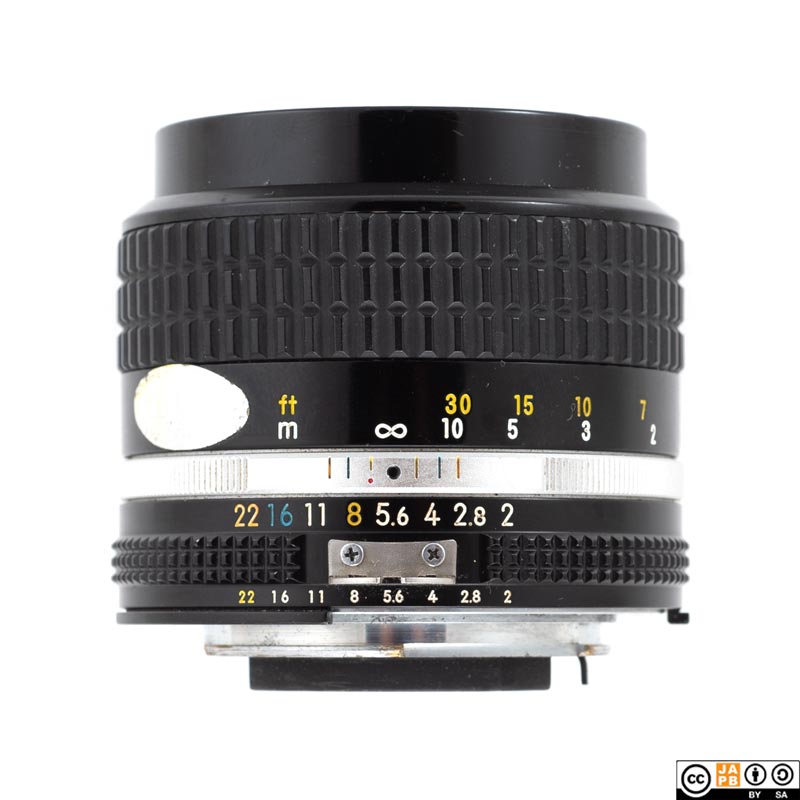
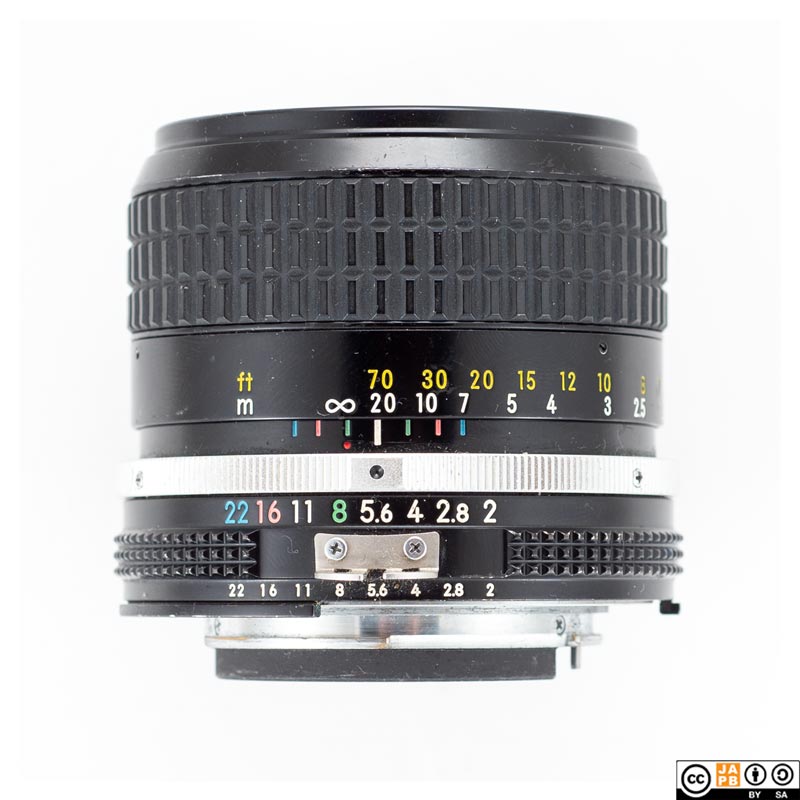
Right: Nikkor Ai-s 85 mm f/2
Other oddities – An imaginary Q & A session.
Q: Wait. Are you saying that only four years after having introduced Ai and caused a big upheaval for all their dedicated users Nikon decides to again obsolete its entire installed base?”
A: No and no.
First, it was not 4 years, but two years! Nikon started introducing Ai-s lenses already in November-December of 1979, they just did not make any noise about it. Exactly, because the entire lineup of Nikon Series E lenses were already Ai-s compliant, and so was the new Micro Nikkor 55 mm f/2.8 when it was introduced in December 1979. Then a few further Ai’s lenses were clandestinely introduced before the big reveal.
Second, if you look closely, Ai-s was not such a game-changer as neither program auto nor shutter priority was really that big a deal for the average Nikon shooter (whether prosumer or pro). If AF and electronic contacts had not come along a few years later, things might have been different, but…
Q: If Nikon started introducing Ai-lenses only two years after having upset the apple cart, why did they not wait and go straight from pre-Ai to Ai-s?
A: I cannot be sure, as no-one of Nikon’s 1970s managers has deigned to inform me, but I’ll offer you a logical (actually mechanical) explanation:
Using Ai as an intermediate step was crucial, because it made it possible for old (pre-Ai) lenses to be modernized to be fully Ai compliant (remember: Nikon had a big program of offering these upgrades to clients’ lenses, often for a massively subsidised price). This in turn allowed many dedicated Nikon users to continue using their favourite lenses on Nikon’s new generation (Ai) cameras, hence improving adoption rates for the new cameras. Very typically this modification was also an exceedingly simple task, needing only one or two factory parts and 5 minutes of a mechanic’s time.
However, because Ai-s actually necessitated some quite fundamental changes to the mechanical innards of lenses, it would have been nigh impossible for Nikon to convert existing pre-Ai lenses to Ai-s lenses. This way, Nikon was able to safeguard both the sale of new (Ai-compatible) cameras and the sensitivities of its dedicated clients for relatively little practical cost.